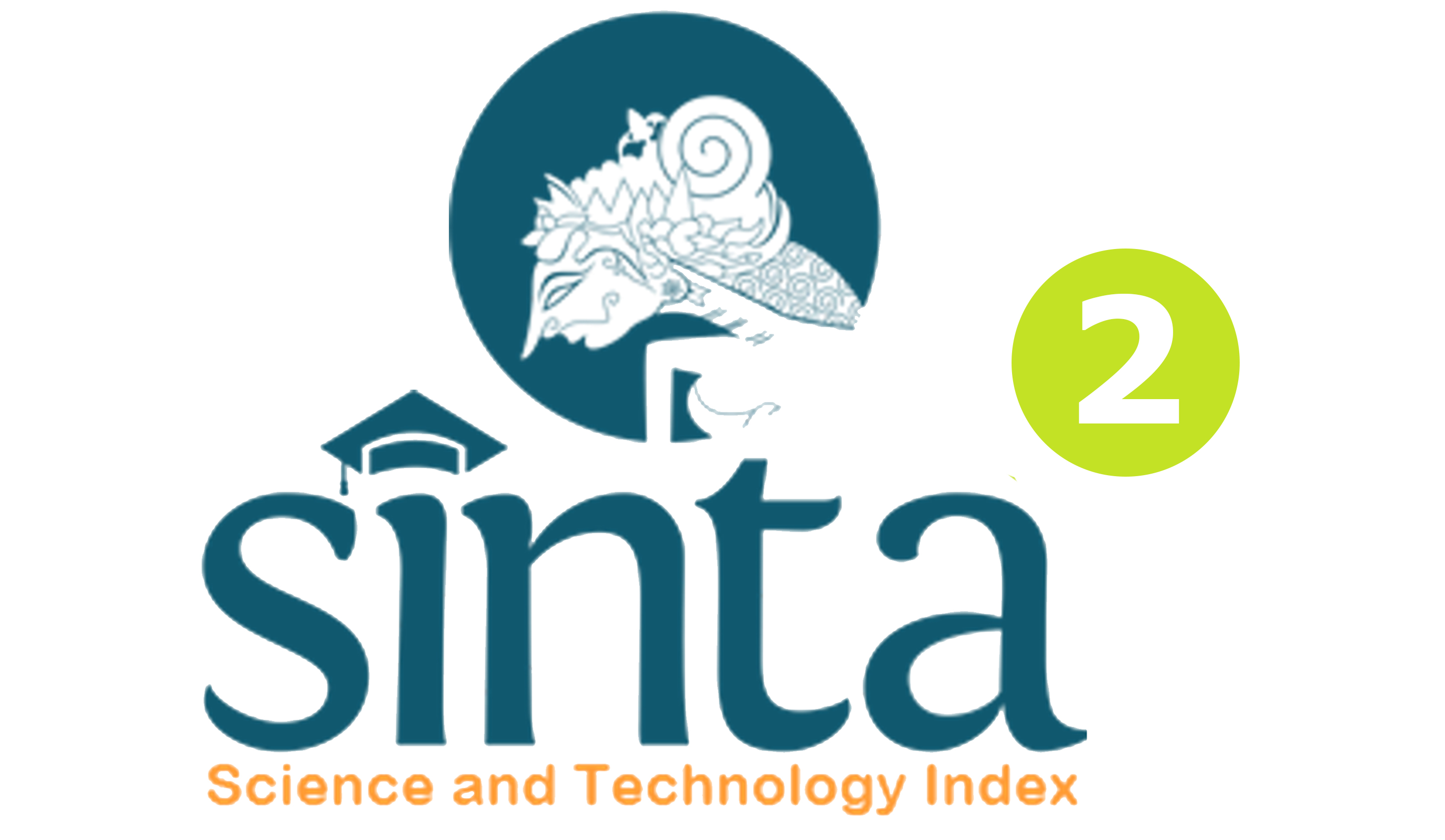Effect of Behavioral Counseling with Shaping Techniques and Assertive Exercises on Student Self Affiliation
DOI:
https://doi.org/10.23887/128202017Keywords:
behavioral counseling model, shaping technique, assertive training technique, self affiliationAbstract
The purpose of this study is to determine the effect of Behavioral Counseling With Shaping And Assertive Training Techniques To Self Affiliation and to know the difference of influence between behavioral counseling shaping techniques and assertive training techniques to self-affiliation of students of Class VIII SMP LAB UNDIKSHA.Desain design used is Pretes- Posttest Control GroupDesign. Data analysis method used is t-test. The result of this research is experiment group I shows thitung> t table (5,503> 1,997). Furthermore, treatment techniques of shaping and assertive training techniques show that t count> t table (3.16> 1.99). This proves that, there is a difference between shaping techniques with assertive training techniques against self-affiliation students. From the result of calculation average, obtained 127,57 <119,69, meaning that the mean value of shaping technique count is greater than assertive training technique. For that the third hypothesis that there are differences in the influence of behavioral counseling shaping techniques with assertive training techniques to self-affiliation class VIII students SMP LAB UNDIKSHA.References
Anwar, Zainul. (2014). Praktik Konseling. Malang: Universitas Muhamadiyah Malang Press
Badri Sutrisno. (2012).Metode Statistik untuk Penelitian Kuantitatif. Yogyakarta: Ombak (Anggota IKAPI)
Bungin, Burhan. (2011). Metodelogi Penelitian Kuantitatif, komunikasi, ekonomi dan kebijakan public serta ilmu-ilmu sosial lainnya. Jakarta: Kencana Perdana Media Group
Corey, Gerald. (2013). Teori dan Praktek Konseling & Psikoterapi. Bandung: PT. Refika Aditama
Dantes, Nyoman. (2012). Metode Penelitian. Yogyakarta: CV Andi Offset
Dharsana, Ketut. (2013). Modul Teori-Teori Konseling. Singaraja: Jurusan Bimbingan Konseling, FIP UNDIKSHA
-------. (2013b). Pengembangan Pribadi Konselor. Singaraja: Jurusan Bimbingan Konseling, FIP UNDIKSHA
-------. (2014). Model-Model Teori, Teknik, Skill Bimbingan Konseling untuk Penulisan RPBK, Proposal, Skripsi, Tesis. Singaraja: BK FIP UNDIKSHA
-------. (2015). RPBK Seri Bimbingan Klasikal, Bimbingan Kelompok, Konseling Kelompok, Konseling Individual untuk Pengembangan Self Achievment. Singaraja: BK FIP UNDIKSHA
Firdaus, M. Aziz. (2012). Metode Penelitian. Tanggerang Selatan: Jelajah Nusa
Gudnanto. (2012). Pendekatan Konseling. Jawa Tengah: Fakultas Keguruan Ilmu Pendidikan, Universitas Muria Kudus
Gunawan, Muhammad Ali.(2013). Statistik untuk Penelitian Pendidikan. Yogyakarta: Parama Publising
Janet S. McCord and Edwin S. Shneidman. (2015). Psychache. Diakses melalui: http://www.suicidefindinghope.com/content/psychache Pada tanggal: 23 Desember 2015
Juliansyah, Noor. (2011). Metodologi Penelitian. Jakarta: Kencana Perdana Media Group
Komalasari, G., Wahyuni, E.,dkk. (2011). Teori dan Teknik Konseling. Jakarta: PT Indeks.
Koyan, Wayan. (2012). Statistik Pendidikan, teknik analisis data kuantitatif. Singaraja: Universitas Pendidikan Ganesha Press
Lesmana, Jeanette Murad. (2013). Dasar-Dasar Konseling. Jakarta: Universitas Indonesia Press
Lumongga Lubis, Namora. (2011). Memahami Dasar-Dasar Konseling dalam Teori dan Praktik. Jakarta: Kencana Prenada Media Group
Narbuko, Cholid., dan Achmadi, Abu. (2013). Metodologi Penelitian. Jakarta: PT Bumi Aksara
Nasution. (2008). Metode Research (penelitian ilmiah). Jakarta: PT Bumi Aksara
Reksoatmodjo, Tedjo N. (2009). Statistika untuk Psikologi dan Pendidikan. Bandung: PT Refika Aditama
Sudrajat, Ahmad. (2008). Pendekatan Konseling Behavioral. Diakses melalui :https:/akhmadsudrajat.wordpress.com/2008/01/23/pendekatan-konseling-behavioral/ Pada tanggal : 1 Desember 2015
Setyosari, Punaji. (2012). Metode Penelitian Pendidikan dan Pengembangan. Jakarta: Kencana Prenada Media Group
Sudaryono, dkk. (2013). Pengembangan Instrumen Penelitian Pendidikan. Yogyakarta: Graha Ilmu
Suharsaputra, Unhar. (2012). Metode Penelitian kuantitatif, kualitatif dan tindakan. Bandung: PT Refika Aditama
Sukardi. (2012). Metodelogi Penelitian Pendidikan Kompetensi dan Praktiknya. Jakarta: PT Bumi Aksara
Sukitman, Tri. (2015). Bimbingan Konseling Berbasis Pendidikan Karakter. Yogyakarta: Diva Press
Surya, Mohammad. (2003). Teori-Teori Konseling. Bandung: Pustaka Bani Quraisy
Umar, Husein. (2004). Metode Penelitian untuk Skripsi dan Tesis Bisnis. Jakarta: PT Raja Grafindo Persada
A. Bendaoud, M.C. Chabou, O. Kolli, O. Bouzidi, S. D., & ï. (2015). Use of Website and GIS Databases for Enhancement of Geosites in Algeria. https://doi.org/10.1007/978-3-319-10708-0_10
Aarseth, H. (2009). Situert refleksivitet: det narrative selv mellom tilhørighet og distanse. Retrieved from http://ojs.novus.no/index.php/SID/article/viewFile/1013/1004
DANIEL KALLÓS. (2009). Varför är det så förtvivlat svårt att bygga upp forskning och forskarutbildning i anslutning till lärarutbildning och pedagogisk yrkesverksamhet?, 1401–6788. Retrieved from http://journals.lub.lu.se/ojs/index.php/pfs/article/viewFile/7740/6795
Filiz Boyaci, H., & Topçu, V. (2014). Development of eggplant hybrid cultivar “BATEM FILIZI” and determination of yield performance. Araştırma Makalesi/Research Article Derim, 31(2), 11–22. Retrieved from http://www.derim.com.tr/download/article-file/53034
Guðmundsson, Ó., & Crocker, S. D. (2010). Observing DNSSEC validation in the wild. Retrieved from http://www.npl.co.uk/upload/pdf/satin2011-Gudmundsson_3.pdf
Hardianti, G., Am, M. S., & Huda, A. (2010). The Effect of Shaping Technic toward the Ability of Wearing T-Shirt for Child with Intelectual Disability ( Pengaruh Teknik Shaping Terhadap Kemampuan Memakai Kemeja Anak Tunagrahita ), 4(1), 56–62.
Jódar, P., Ortiz, L., Martí, J., & Alós, R. (2004). Los perfiles de la afiliación sindical. Una propuesta metodológica a partir de un estudio de CCOO en Cataluña. Retrieved from https://www.researchgate.net/profile/Pere_Jodar/publication/39287764_Los_perfiles_de_la_afiliacion_sindical_Una_propuesta_metodologica_a_partir_de_un_estudio_de_CCOO_en_Cataluna/links/0fcfd5139a1c35cb94000000.pdf
Leal, F., Arnaldo, J., & Montevechi, B. (2008). UMA PROPOSTA DE TÉCNICA DE MODELAGEM CONCEITUAL PARA A SIMULAÇÃO ATRAVÉS DE ELEMENTOS DO IDEF. Retrieved from http://www.din.uem.br/sbpo/sbpo2008/pdf/arq0292.pdf
Orhan, Yılmaz, & I. (1994). QUERCUS PETRAEA sunsp, mERİcA YAPRAKLARIN DAKİ TOTAL FENOLiK niLEşiK MiKTARl ÜZERİNE MEVSİMSEL DE(;İşİKLİKLERİN ETKİsİ. Y.y.o. Vet.fak.lkrg, 5(12), 29–34. Retrieved from http://dergipark.gov.tr/download/article-file/146985
Park, J., Chang, P.-H., Park, H.-S., & Lee, E. (2006). Design of Learning Input Shaping Technique for Residual Vibration Suppression in an Industrial Robot. IEEE/ASME TRANSACTIONS ON MECHATRONICS, 11(1). https://doi.org/10.1109/TMECH.2005.863365
Rahim, A. H. M. A., & Kandlawala, M. F. (2004). Robust STATCOM voltage controller design using loop-shaping technique. https://doi.org/10.1016/S0378-7796(03)00153-6
Skela-Savič, B., & Lorber, M. (2014). Factors affecting nurses’ organizational commitment Pripadnost medicinskih sester in opredelitev njenih dejavnikov, 48(484), 294–301. https://doi.org/10.14528/snr.2014.48.4.34
Soto Carmona David Ruiz U A D, A. O. (1970). Afiliación, movilización y aliados políticos: las incógnitas del poder sindical español. Retrieved from http://revistas.ucm.es/index.php/CRLA/article/viewFile/CRLA9393220107A/32665
Yoshida, M., Hayakawa, T., & Hatsukade, M. (1979). Studies on Hemipterous insects injuring the turfgrass I Bionomics and damage to turfgrass by the Geoblissus hirtulus Burmeister. Retrieved from https://www.jstage.jst.go.jp/article/turfgrass1972/8/2/8_2_129/_pdf
吴开亚. (2008). 基于联系数的流域水安全评价模型. Retrieved from http://image.sciencenet.cn/olddata/kexue.com.cn/upload/blog/file/2010/9/201091814340835519.pdf
徐, 海, 明, 何, 金, &海. (2001). 江淮入梅的年际变化及其与北大西洋涛动和海温异常的联系. Retrieved from http://www.cmsjournal.net/qxxb_cn/ch/reader/create_pdf.aspx?file_no=20010606









